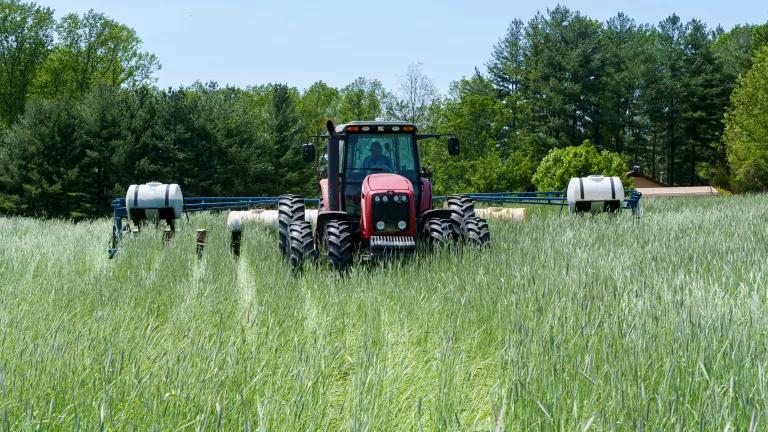Schools are a vital link in the food system nourishing America’s kids. When food goes to waste in K-12 settings, scarce food purchasing dollars are lost and disposal fees increase. At the same time, children’s lifelong food habits are informed by their school experiences, and school meal programs are a key avenue for helping children value and enjoy their food.
As much as 40 percent of the U.S. food supply goes uneaten every year. What’s more, nearly one of eight U.S. households is food insecure, including many with children. There are many practical steps that K-12 schools can take to reduce wasted food in both kitchens and cafeterias. This issue brief highlights best practices for preventing food waste, ensuring that food surpluses reach people in need, and recycling food scraps. It accompanies the recently completed Food Waste Action Plan for the Minneapolis Public Schools, commissioned by the Natural Resources Defense Council.



